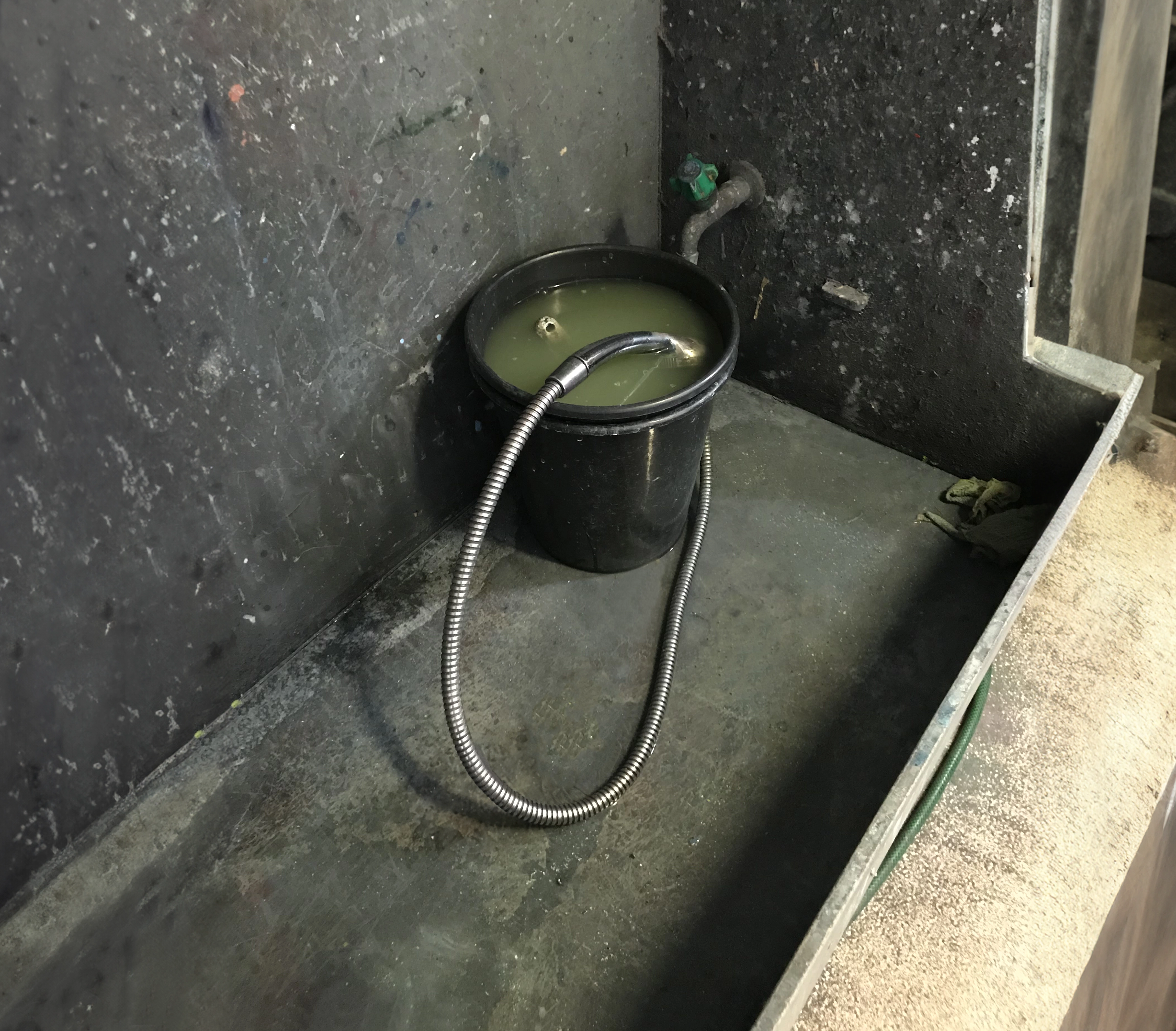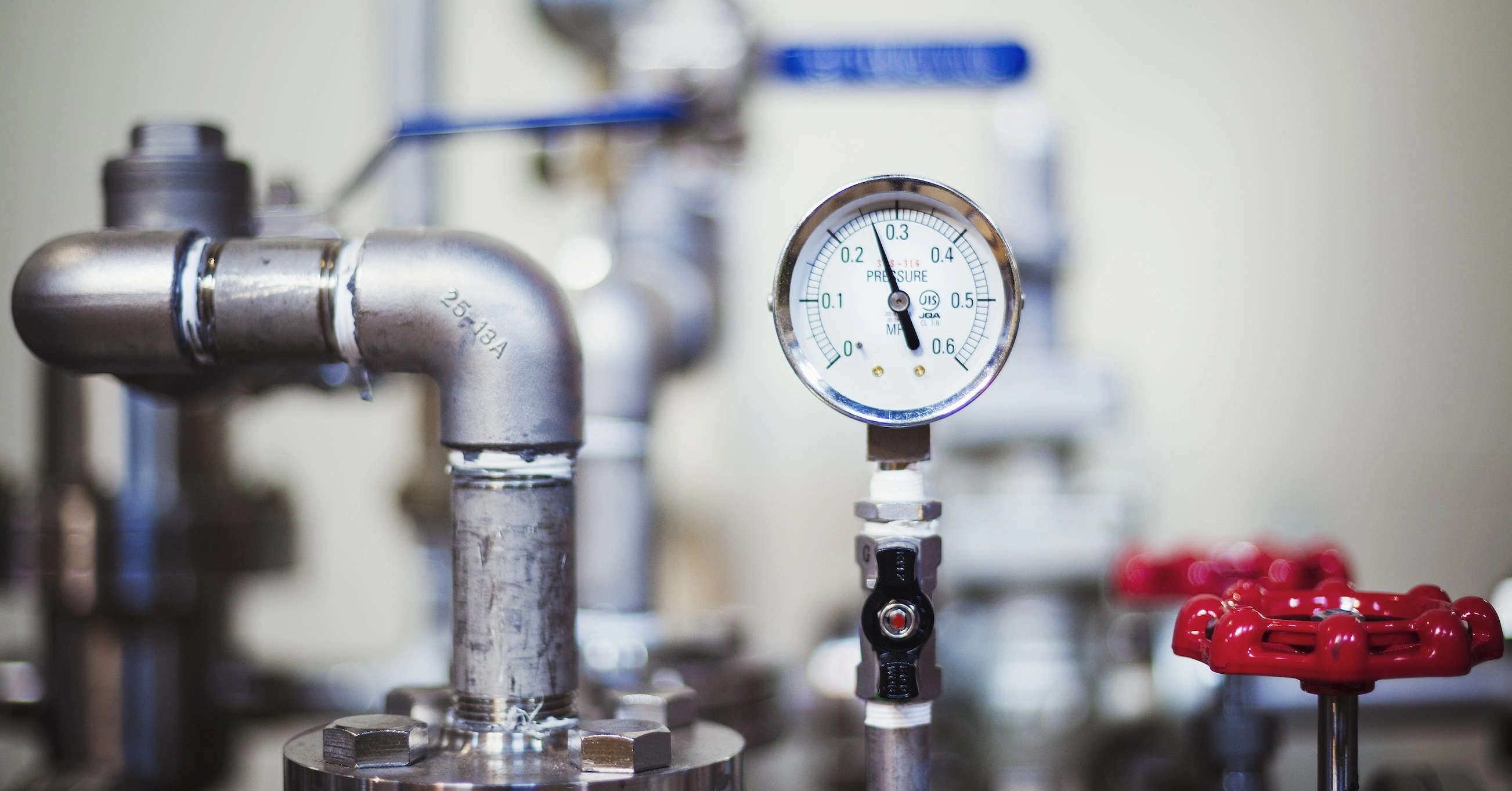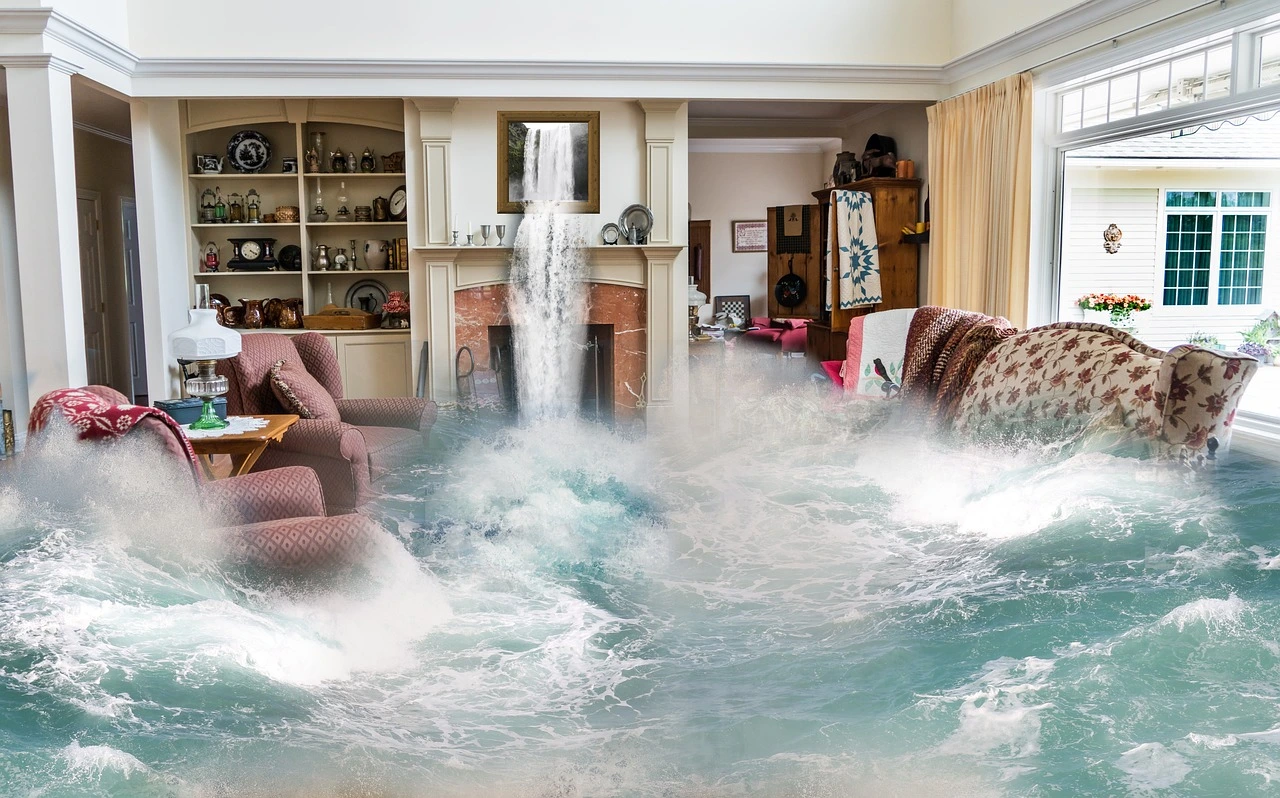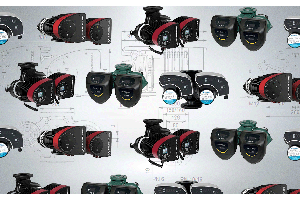Potable Expansion Vessels 101
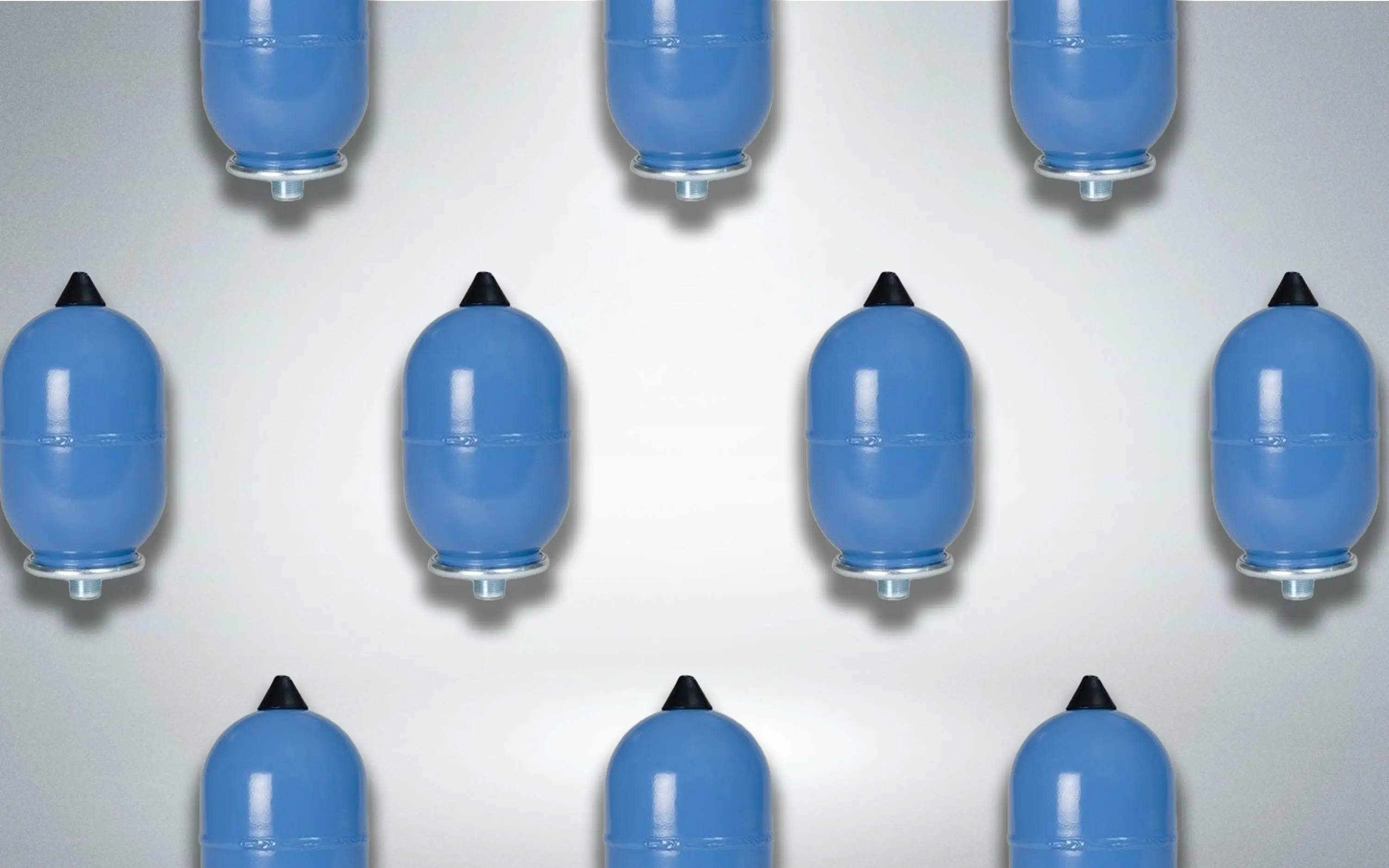
Potable Expansion Vessels 101
Understanding the Basics: A Comprehensive Guide to Potable Expansion Vessels
If you drag a stranger off the street and ask them what ‘Potable’ means, they’d probably tell you it’s something you can place in a pot...
And if you got it correct, you’d be smarter than my friend, who guessed the same when I asked him.
But if you thought the same, don't feel too bad; he's a Ph.D. lecturer and probably the smartest guy I know.
So, What Does Potable Actually Mean?
Potable comes from the Latin root word ‘Potare’, which means “to drink”.
It simply means 'drinkable'; the Romans coined the word and built some of the world's first aqueducts to transport water from the mountains to the cities. However, I don’t think those aqueducts would count as potable water by today's health and safety standards for potable systems.
Why Is Potable Water Important?
Although much of our planet is covered with water, we increasingly hear about impending shortages of clean drinking water. Potable water is also referred to as drinking water or wholesome water. It is expected to be tasteless, clear, and fit for human consumption.
Did you know that pure, clean, water is actually tasteless?
What you're tasting in your tap water are the mineral impurities - If you've ever tried London tapwater, it has a massive mineral impurity - Although many claim it is good for you.
Potable water systems can include garden hoses, car washes, irrigation systems, domestic showers, hand basins, boosted cold mains, etc. These can also be referred to as drinking water systems.
Hot water for showers and hand basins starts life from the cold mains water. When we heat water from boilers or hot water calorifiers there is expansion, which leads us onto...
The Fundamentals of Potable Expansion Vessels
What is a Potable Expansion Vessel?
A potable expansion vessel is essentially a safety net for your plumbing system - A specialised component designed to handle the expansion of water as it's heated, which can be up to 4% of the volume. An expansion vessel's extra leeway prevents potential damage from overpressure in your water systems.
What is the Difference Between 'Potable' and 'Nonpotable' Expansion Vessels?
The key differences lie in their use and the regulations to which they’re held. Potable vessels are used in drinking water systems, adhering to strict standards ensuring cleanliness and safety - Often requiring that they’re reinforced or internally coated in a way that doesn’t allow any contaminants to enter at any point in the system. In contrast, nonpotable vessels are used in closed systems like heating, where the water isn't consumed.
What Does 'Potable Pipe' Mean?
Potable pipes are designed to transport water that is safe for human consumption. These pipes meet regulatory standards to ensure they do not impart tastes, odours, or contaminants into the water.
Potable Expansion Vessels
-
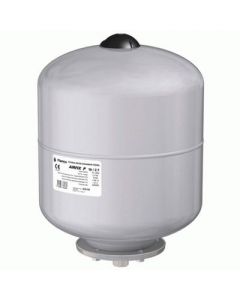 Flamco Airfix P 35 Litre Potable Expansion VesselSpecial Price £182.98 £152.48 Regular Price £228.72 £190.60
Flamco Airfix P 35 Litre Potable Expansion VesselSpecial Price £182.98 £152.48 Regular Price £228.72 £190.60 -
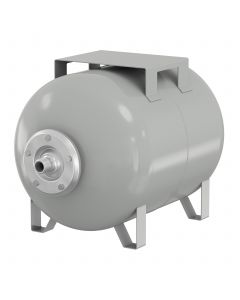 Flamco Airfix P 60 Litre Horizontal Potable Expansion VesselSpecial Price £295.01 £245.84 Regular Price £368.76 £307.30
Flamco Airfix P 60 Litre Horizontal Potable Expansion VesselSpecial Price £295.01 £245.84 Regular Price £368.76 £307.30
Working and Benefits of Potable Expansion Vessels
Expansion Tank Diagram
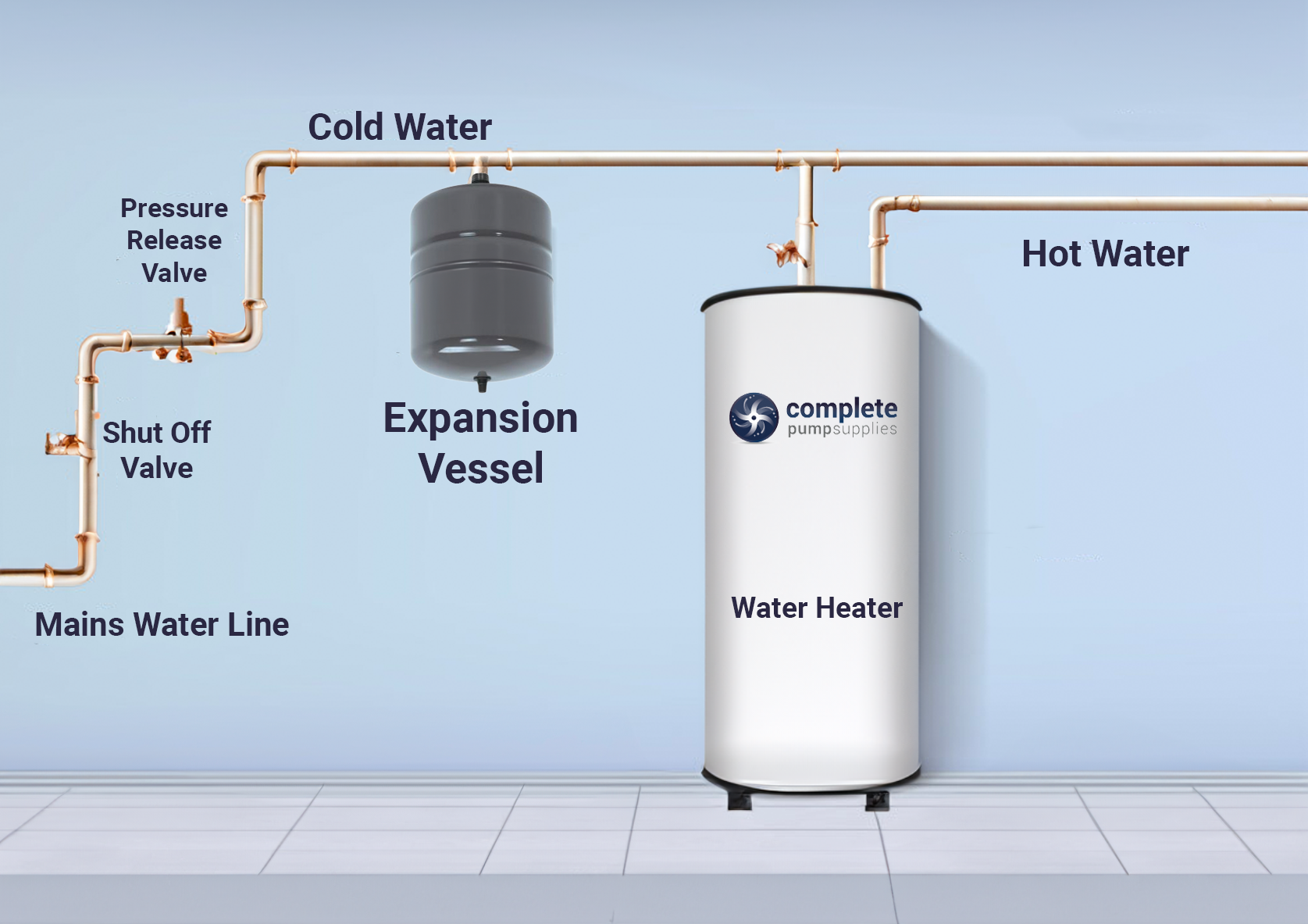

What is the Benefit of an Expansion Vessel?
Expansion vessels help maintain system pressure, reducing the risk of damage to pipes, fixtures, and appliances, which in turn can also increase the overall lifespan of your plumbing system, resulting in long-term savings. £££
Why Use Potable Water Expansion Tanks?
Not only to provide safe and clean drinking water, Potable water expansion tanks absorb the extra water volume when water is heated, maintaining a balanced pressure in the system. This prevents common problems such as leaks or excessive wear on system components, saving you from potential repair costs.
How Does a Potable Expansion Tank Work?
A potable expansion vessel is a small tank that operates through a simple yet effective mechanism. A diaphragm or bladder separates the water from a pressurised air chamber. When water heats up, it expands and pushes against the air or nitrogen in the tank. The air pressure allows the tank to accommodate the extra volume. When the water in the system cools down, it contracts. The air or nitrogen in the tank expands to compensate for the contraction of the water.
An expansion vessel works in the same principle as boiling a kettle. As you all know, you don’t fill a kettle to the top with cold water or it would flood out as it boils - or if you aren’t British and obsessed with tea analogies like we are, why you don’t overfill your pot with water before cooking pasta.
Maintenance and Troubleshooting of Potable Expansion Vessels
How Do You Recharge a Potable Expansion Vessel?
Recharging involves first isolating and draining the vessel. You then measure the air pressure on the air side with a pressure gauge and, if necessary, use a compressor or bicycle pump to add more air until it matches the required pressure level (typically around 1.5 bar, but this varies depending on the system).
Should an Expansion Vessel be Full of Water?
No, an expansion vessel should not be full of water. If it is, it suggests a failure of the internal diaphragm or bladder. In this case, the vessel must be replaced to avoid damaging the plumbing system.
What Happens When an Expansion Vessel Fails?
If an expansion vessel fails, system pressure can increase dramatically, leading to leaks, boiler issues, or even system failure. In 2018 alone, boiler breakdowns resulted in costs exceeding £787 million in the UK, underlining the importance of preventative maintenance and the use of quality plumbing products.
Testing Equipment
Technical Specifics of Potable Expansion Vessels
Heating Vessel
-
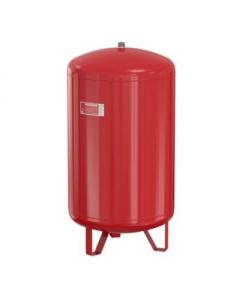 Flamco Flexcon 1000 Litre Expansion Vessel - 10 barSpecial Price £2,490.26 £2,075.22 Regular Price £3,557.52 £2,964.60
Flamco Flexcon 1000 Litre Expansion Vessel - 10 barSpecial Price £2,490.26 £2,075.22 Regular Price £3,557.52 £2,964.60 -
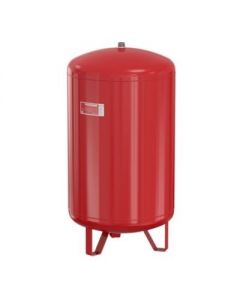 Flamco Flexcon 110 Litre Expansion Vessel - 10 barSpecial Price £650.75 £542.29 Regular Price £929.64 £774.70
Flamco Flexcon 110 Litre Expansion Vessel - 10 barSpecial Price £650.75 £542.29 Regular Price £929.64 £774.70
Can a Potable Expansion Vessel be Used for Central Heating?
No, a potable expansion vessel is designed specifically for systems with drinking water. Heating systems involve different water qualities and system parameters, requiring specifically designed vessels.
What is Potable Water Supply Pressure?
This is the pressure to deliver drinkable water through the plumbing system. The minimum pressure for mains water supply in the UK is generally 0.7 bar, but the ideal range for most equipment is 1.5 to 3 bar.
How Do You Size a Potable Expansion Vessel?
Sizing a potable expansion vessel involves calculating the system's water volume and potential expansion. There are established formulas, but most professionals use online calculators from vessel manufacturers to ensure accuracy. If you are unsure of what size expansion vessel you need, be sure to contact us!
I hope this guide provides the knowledge and understanding you need regarding potable expansion vessels. It's a complex topic but one that's crucial for the smooth operation of your home's plumbing system.
-
 Flamco Airfix P 100 Litre Potable Expansion VesselSpecial Price £365.15 £304.29 Regular Price £521.64 £434.70
Flamco Airfix P 100 Litre Potable Expansion VesselSpecial Price £365.15 £304.29 Regular Price £521.64 £434.70 -
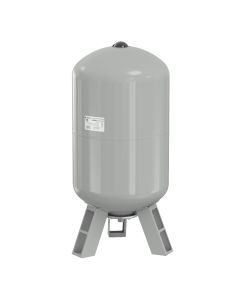 Flamco Airfix P 1000 Litre Potable Expansion VesselSpecial Price £5,208.34 £4,340.28 Regular Price £7,440.48 £6,200.40
Flamco Airfix P 1000 Litre Potable Expansion VesselSpecial Price £5,208.34 £4,340.28 Regular Price £7,440.48 £6,200.40 -
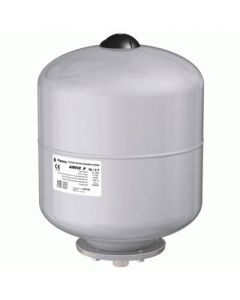 Flamco Airfix P 12 Litre Potable Expansion VesselSpecial Price £63.36 £52.80 Regular Price £79.20 £66.00
Flamco Airfix P 12 Litre Potable Expansion VesselSpecial Price £63.36 £52.80 Regular Price £79.20 £66.00 -
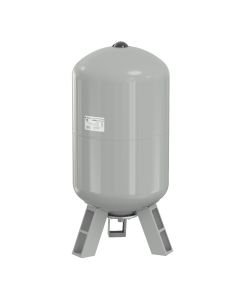 Flamco Airfix P 150 Litre Potable Expansion VesselSpecial Price £544.32 £453.60 Regular Price £777.60 £648.00
Flamco Airfix P 150 Litre Potable Expansion VesselSpecial Price £544.32 £453.60 Regular Price £777.60 £648.00 -
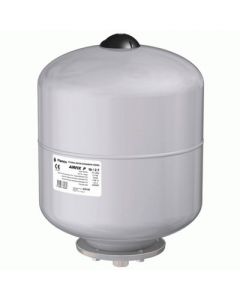 Flamco Airfix P 18 Litre Potable Expansion VesselSpecial Price £78.24 £65.20 Regular Price £97.80 £81.50
Flamco Airfix P 18 Litre Potable Expansion VesselSpecial Price £78.24 £65.20 Regular Price £97.80 £81.50 -
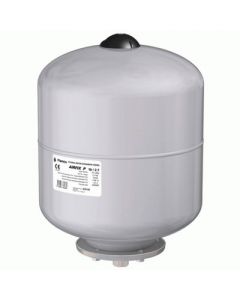 Flamco Airfix P 2 Litre Potable Expansion VesselSpecial Price £47.90 £39.92 Regular Price £59.88 £49.90
Flamco Airfix P 2 Litre Potable Expansion VesselSpecial Price £47.90 £39.92 Regular Price £59.88 £49.90 -
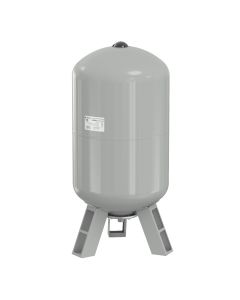 Flamco Airfix P 200 Litre Potable Expansion VesselSpecial Price £641.00 £534.17 Regular Price £915.72 £763.10
Flamco Airfix P 200 Litre Potable Expansion VesselSpecial Price £641.00 £534.17 Regular Price £915.72 £763.10 -
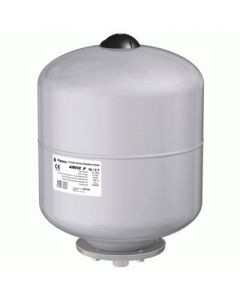 Flamco Airfix P 24 Litre Potable Expansion VesselSpecial Price £92.83 £77.36 Regular Price £116.04 £96.70
Flamco Airfix P 24 Litre Potable Expansion VesselSpecial Price £92.83 £77.36 Regular Price £116.04 £96.70 -
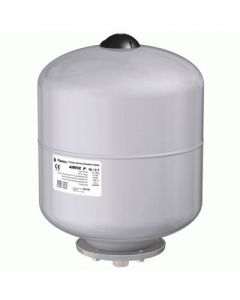 Flamco Airfix P 3 Litre Potable Expansion VesselSpecial Price £53.47 £44.56 Regular Price £66.84 £55.70
Flamco Airfix P 3 Litre Potable Expansion VesselSpecial Price £53.47 £44.56 Regular Price £66.84 £55.70 -
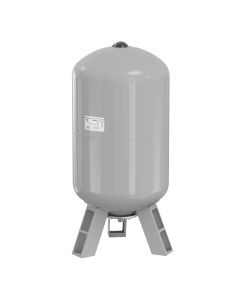 Flamco Airfix P 300 Litre Potable Expansion VesselSpecial Price £859.66 £716.38 Regular Price £1,228.08 £1,023.40
Flamco Airfix P 300 Litre Potable Expansion VesselSpecial Price £859.66 £716.38 Regular Price £1,228.08 £1,023.40 -
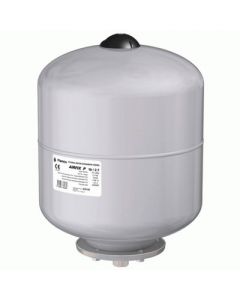 Flamco Airfix P 5 Litre Potable Expansion VesselSpecial Price £55.30 £46.08 Regular Price £69.12 £57.60
Flamco Airfix P 5 Litre Potable Expansion VesselSpecial Price £55.30 £46.08 Regular Price £69.12 £57.60 -
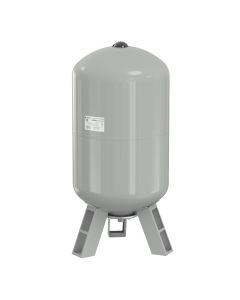 Flamco Airfix P 50 Litre Potable Expansion VesselSpecial Price £218.30 £181.92 Regular Price £272.88 £227.40
Flamco Airfix P 50 Litre Potable Expansion VesselSpecial Price £218.30 £181.92 Regular Price £272.88 £227.40 -
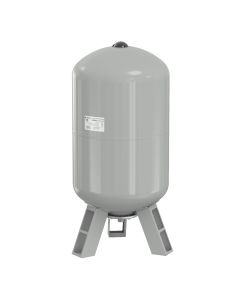 Flamco Airfix P 500 Litre Potable Expansion VesselSpecial Price £1,345.01 £1,120.84 Regular Price £1,921.44 £1,601.20
Flamco Airfix P 500 Litre Potable Expansion VesselSpecial Price £1,345.01 £1,120.84 Regular Price £1,921.44 £1,601.20 -
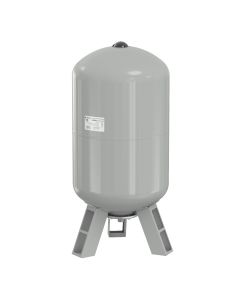 Flamco Airfix P 60 Litre Potable Expansion VesselSpecial Price £275.33 £229.44 Regular Price £344.16 £286.80
Flamco Airfix P 60 Litre Potable Expansion VesselSpecial Price £275.33 £229.44 Regular Price £344.16 £286.80 -
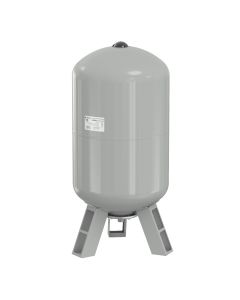 Flamco Airfix P 750 Litre Potable Expansion VesselSpecial Price £4,092.23 £3,410.19 Regular Price £5,846.04 £4,871.70
Flamco Airfix P 750 Litre Potable Expansion VesselSpecial Price £4,092.23 £3,410.19 Regular Price £5,846.04 £4,871.70 -
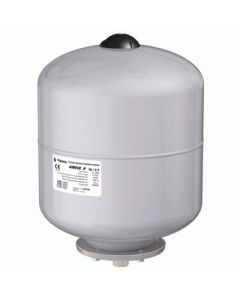 Flamco Airfix P 8 Litre Potable Expansion VesselSpecial Price £61.82 £51.52 Regular Price £77.28 £64.40
Flamco Airfix P 8 Litre Potable Expansion VesselSpecial Price £61.82 £51.52 Regular Price £77.28 £64.40 -
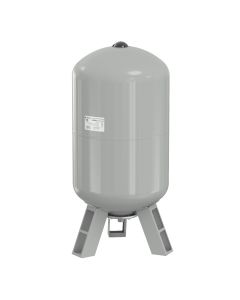 Flamco Airfix P 80 Litre Potable Expansion VesselSpecial Price £296.52 £247.10 Regular Price £423.60 £353.00
Flamco Airfix P 80 Litre Potable Expansion VesselSpecial Price £296.52 £247.10 Regular Price £423.60 £353.00 -
 Flamco Flexcon 1000 Litre Expansion Vessel - 10 barSpecial Price £2,490.26 £2,075.22 Regular Price £3,557.52 £2,964.60
Flamco Flexcon 1000 Litre Expansion Vessel - 10 barSpecial Price £2,490.26 £2,075.22 Regular Price £3,557.52 £2,964.60 -
 Flamco Flexcon 110 Litre Expansion Vessel - 10 barSpecial Price £650.75 £542.29 Regular Price £929.64 £774.70
Flamco Flexcon 110 Litre Expansion Vessel - 10 barSpecial Price £650.75 £542.29 Regular Price £929.64 £774.70 -
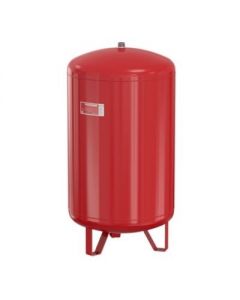 Flamco Flexcon 140 Litre Expansion Vessel - 10 barSpecial Price £694.68 £578.90 Regular Price £992.40 £827.00
Flamco Flexcon 140 Litre Expansion Vessel - 10 barSpecial Price £694.68 £578.90 Regular Price £992.40 £827.00






